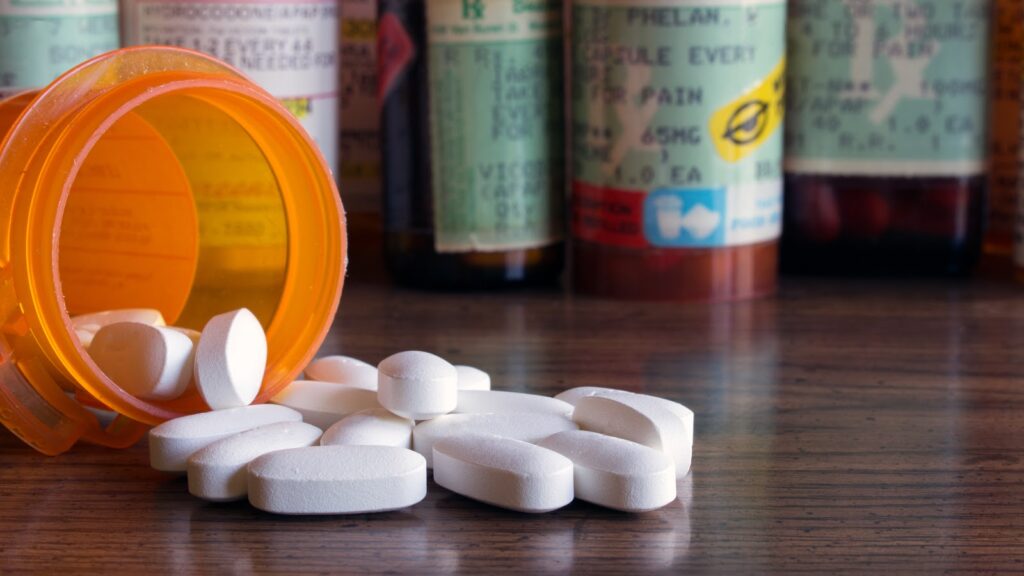As the opioid crisis continues to spread across the country, doctors and medical professionals have been doing their best to find better alternatives to pain management. In lieu of prescribing potentially addictive drugs to control pain, many doctors are now relying on physical therapists to assist their patients in overcoming limitations caused by pain.
In 2016, the CDC also introduced new protocols for the prescription of opioids in an attempt to curb illegal distribution and use. Although there are circumstances where opioids should be used to treat severe pain and end-of-life situations, the CDC formally recommended physical therapy as an effective pain management treatment for a multitude of ailments.
Choosing Physical Therapy to Overcome Pain
Since the CDC’s recommendations, doctors and nurse practitioners have stressed the importance of physical therapy to their patients. The benefits of a comprehensive PT program become apparent almost immediately. Here are some key reasons a patient should elect for physical therapy as a means to control pain:
Negative Outcomes Outweigh Positive Outcomes When Using Opioids
There is a multitude of adverse side effects to the use of opioids to control pain. Addiction, overdose, depression, and withdrawal are just some of the serious problems that could be faced when using opioids to control pain. Professionals throughout the medical community now agree that the use of opioids as a primary means to control pain should be strongly discouraged. Even in instances where opioids may prove to be the most effective treatment, they should only be a last resort.
Physical Therapy Empowers Patients Physically and Emotionally
Opioids reduce pain internally within the body with mechanisms that block pain receptors in the brain. Physical therapy, on the other hand, helps patients overcome pain through body movement and exercise. It empowers patients to overcome their physical limitations and reduces pain in the process. Physical therapy builds confidence.
Pain in the Hips, Lower Back, and Knees Is Effectively Treated With Physical Therapy
Pain emanating from the lower body is best combatted through the use of repetitive exercises found in physical therapy. The CDC has cited several studies that indicate PT is the ideal treatment option for knee and hip pain, along with lower back pain.
Pain Exceeds the 90-Day Threshold
If pain persists longer than 90 days, the negative side effects of opioid treatments increase dramatically. The threat of addiction and overdose during the use of opioids exponentially increases the longer these medications are used. Chronic pain situations can lead to less-than-ideal outcomes. The CDC now recommends non-opioid pain management therapies for chronic pain unless the benefits of continued opioid use can be clearly demonstrated to outweigh negative repercussions in the patient.
Opioids as the Last Line of Defense Against Pain
It is now evident that the casual use of opioids to treat a wide range of ailments should be strongly discouraged. It is only in extreme cases where opioids should be prescribed to control pain. Even in such situations, the lowest effective dose should be given, and non-opioid options should still be pursued.
Total Performance Physical Therapy is dedicated to providing you with the best options available to control your pain. Our specialists are trained in physical therapy techniques that will help to increase your mobility and build confidence. If you are experiencing pain and are looking to give physical therapy a try, contact Total Performance Physical Therapy to request an appointment.

